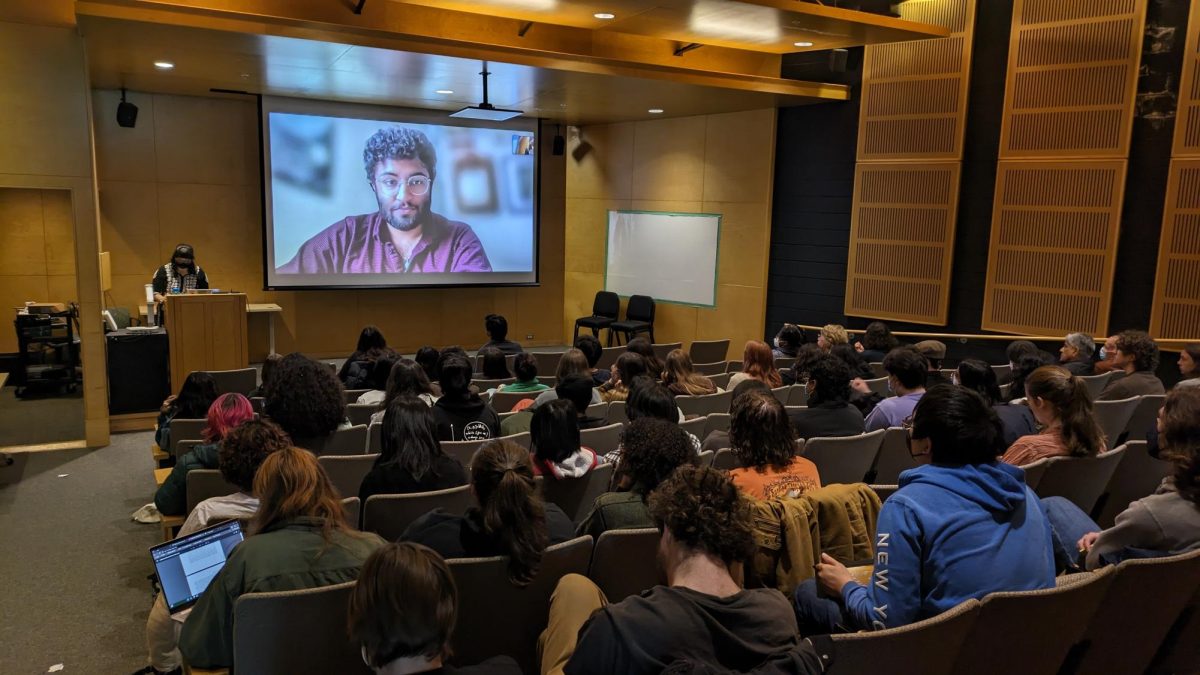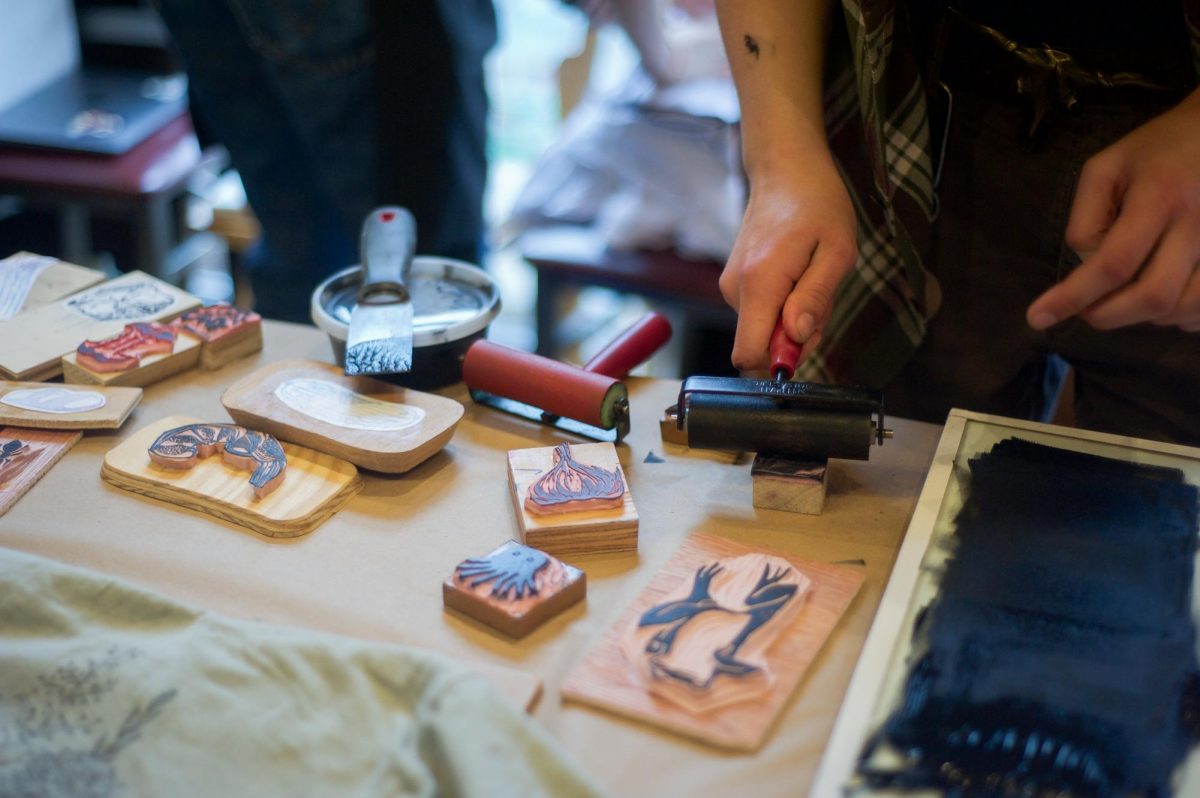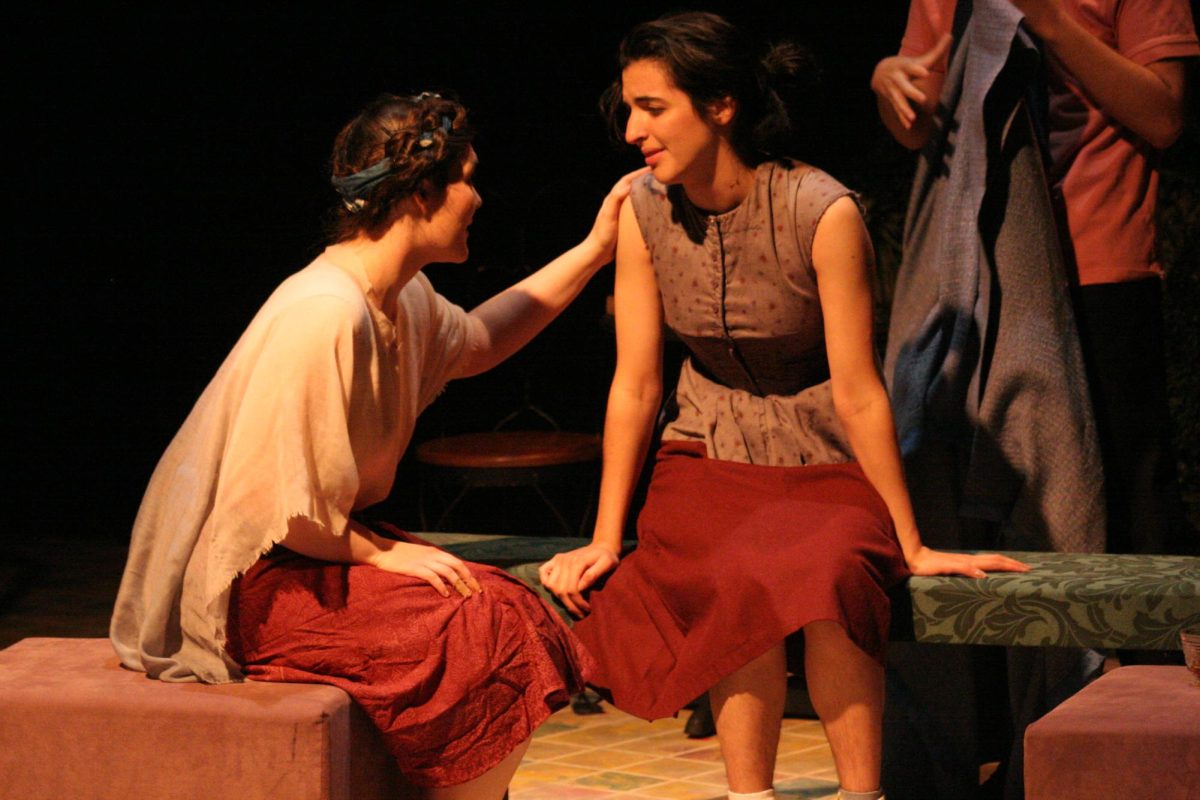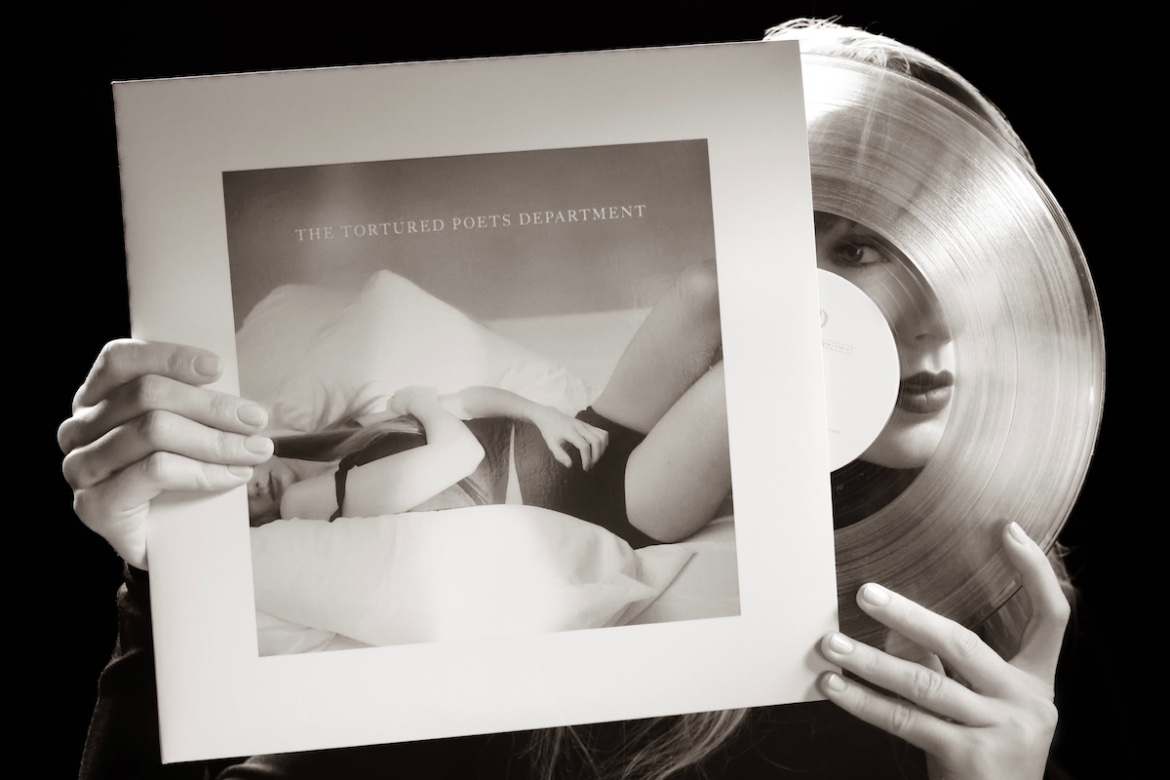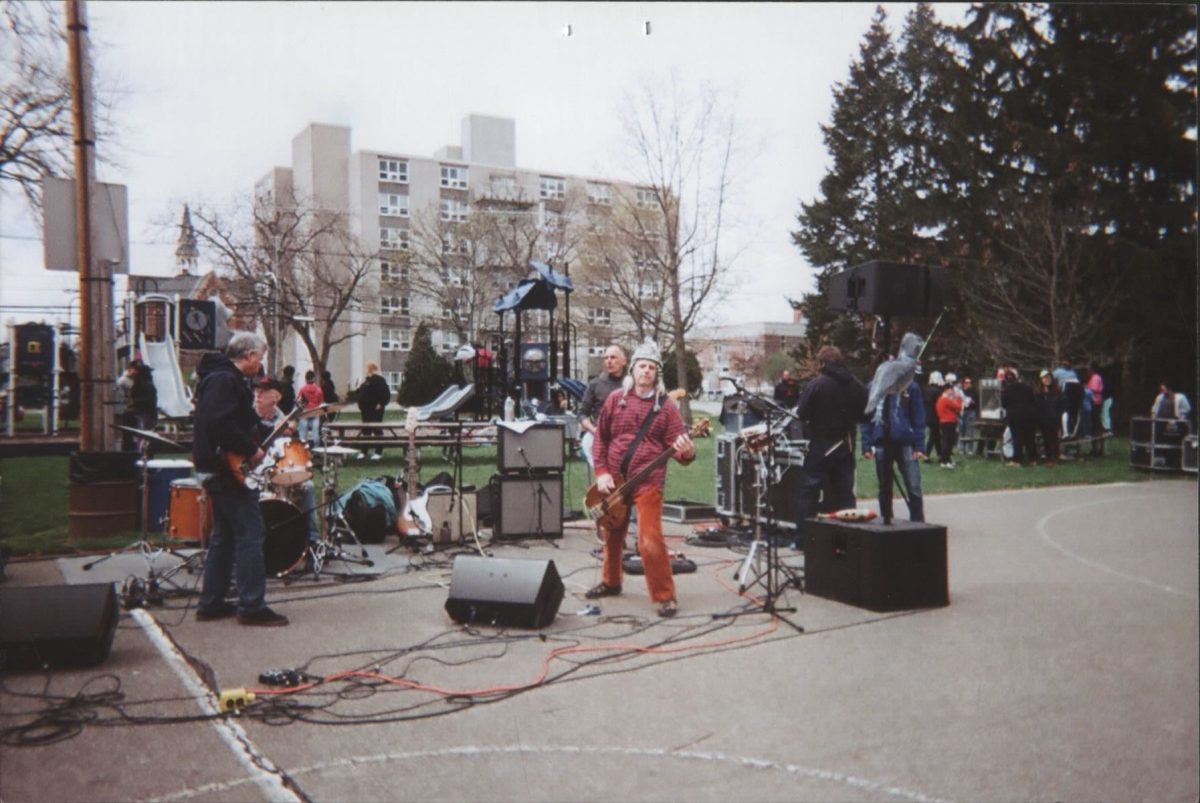MAASC emphasizes unity, culinary traditions
March 9, 2012
This past weekend, Oberlin College hosted the 17th Biennial Midwest Asian American Student Conference. Over 50 students from different campuses, including Loyola University Chicago, Calvin College, University of Florida and Grinnell College were represented. Asian-American students from all over the Oberlin campus came together to plan the event.
For almost 35 years, the conference aligned with students’ call for more opportunities for Asian-American studies on campus. The original Asian/Pacific American conference efforts led to the establishment of tenure and tenure-track Asian-American history professor positions and helped to establish the Comparative American Studies department. Although these strides have already been made, students still work to coordinate the conference every other year as both a reminder and another step toward progress.
“Very often there are huge conferences in the East or West Coast, but we made a really big effort to reach out to the midwest Asian-American student population,” said Truc Linh Nguyen, co-secretary of this year’s conference and co-chair during the 2010 conference. “We were really excited to meet people and talk to them to collaborate and see what kind of different Asian-American issues their campuses deal with.”
Each conference features its own theme, and this year the guest speakers and performers revolved around the influence of food on Asian-American culture. The committee explains in its mission statement that “despite assimilation, generational passage and the progression of history, food has consistently maintained its significance in the Asian American experience. … Food takes on an integral and complex role in culture; it operates within the family as a means for the transmission of values, histories, traditions and aspirations.”
Although the participants began trickling in to Oberlin as early as the Thursday before, the conference opened with a performance by Brenda Wong Aoki on March 2 in Wilder Main Space. Her work displayed lyrical songs, dance and drama, inspired by both her own personal experiences and those of her grandfather. The first night was then closed with an open mic in Asia House’s Shipherd Lounge. Artist Johnny Vietnam was highlighted, and students from both in and outside of Oberlin participated. The acts ranged from musicians to rappers to spoken word artists.
“Open mics are either really cool or really disappointing, but I was really impressed by how many people went up and the kind of talent that was displayed,” said Ka Ming Wong, junior at Grinnell College. “I was also impressed by the base level in terms of the knowledge of discourse. In other, larger conferences, it is much more social, but even though this conference was much more intimate, it was much more fulfilling.”
A number of speakers were brought in to speak on a range of topics, particularly the cultures of the diverse nations that comprise Asia.
“I really liked learning about the different parts of Asia,” said Calvin College first-year Addison Sung. “We started with Korea, then China, and a little bit about Japan, and then India.”
Finally, the keynote speaker, Anita Mannur, addressed both conference members and curious Obies during the closing banquet. The food itself was catered by three different Asian-American restaurants: Thai House, Taste of India and Kim’s Grocery & Carryout. Mannur, an assistant professor of English and Asian/Asian American studies at Miami University in Oxford, Ohio, opened with an analysis of the “coconut” stereotype of Indian Americans and related it to the “Twinkie” and “banana” allusions to the rest of the Asian population. Asian on the outside, white on the inside, she explained.
“The aspect of food is so universal that I think it helps that even though we all have really different cuisines in Asia, it’s still all very relatable,” said Anne Tan, a first-year from Grinnell College. “And who doesn’t like food?”





